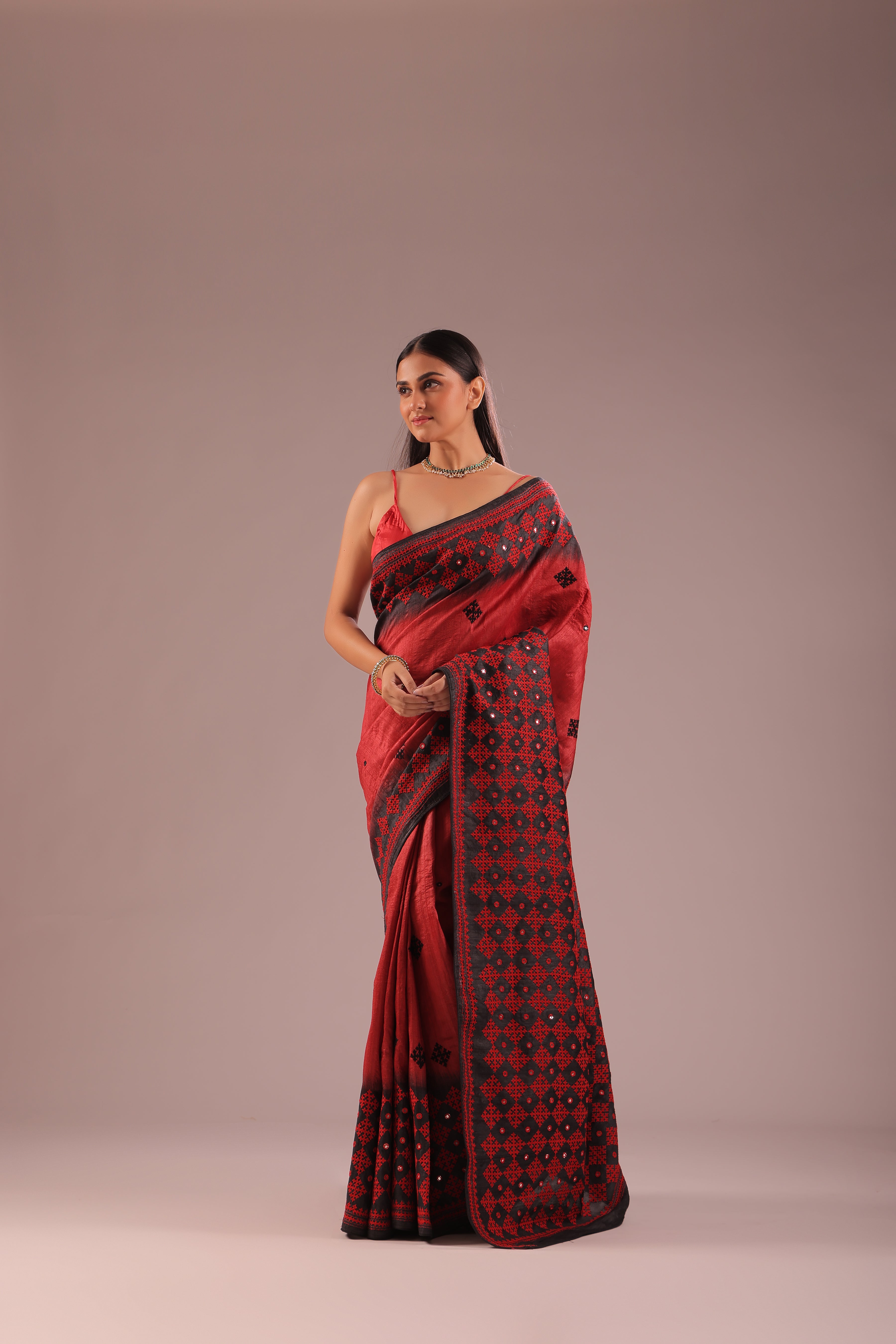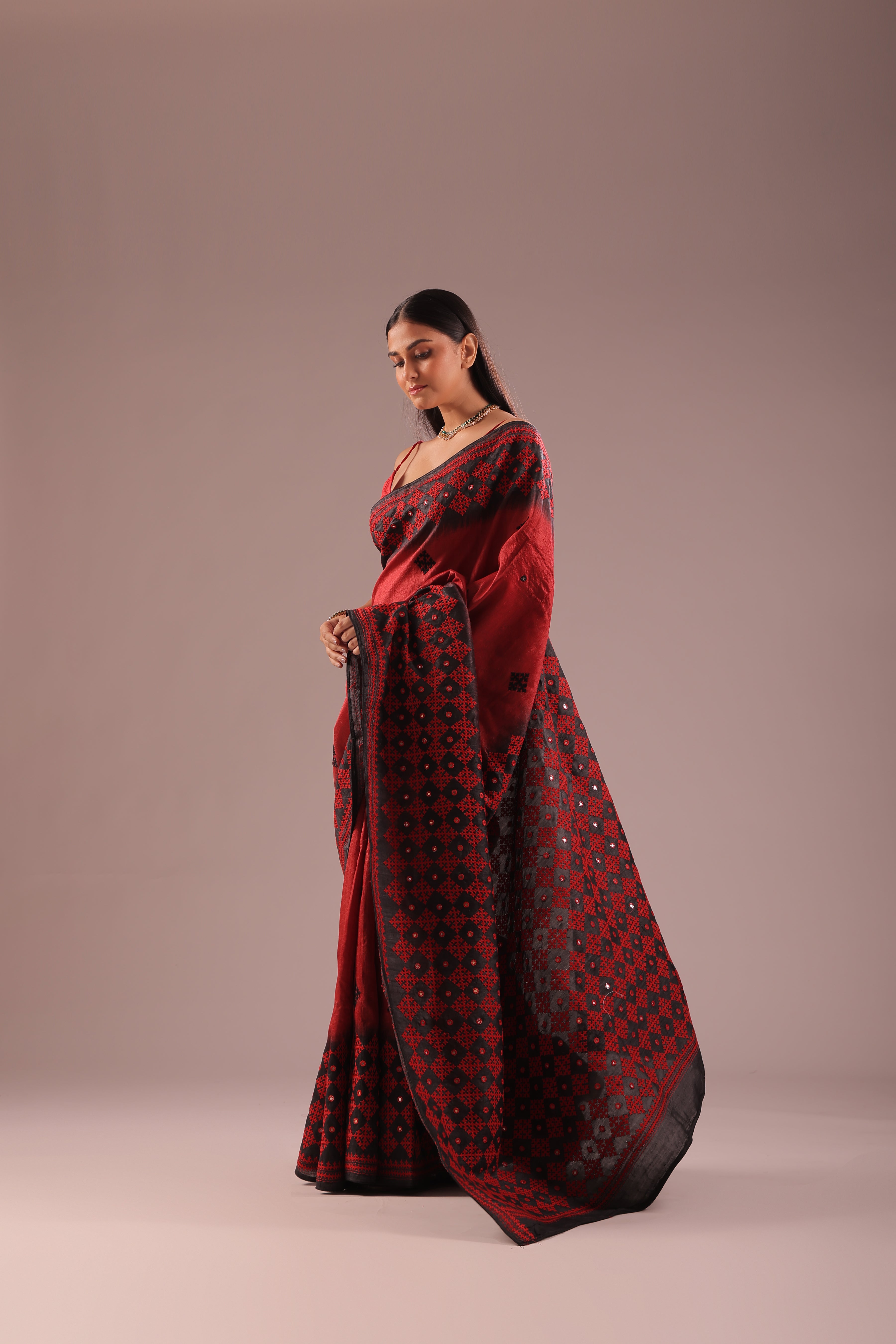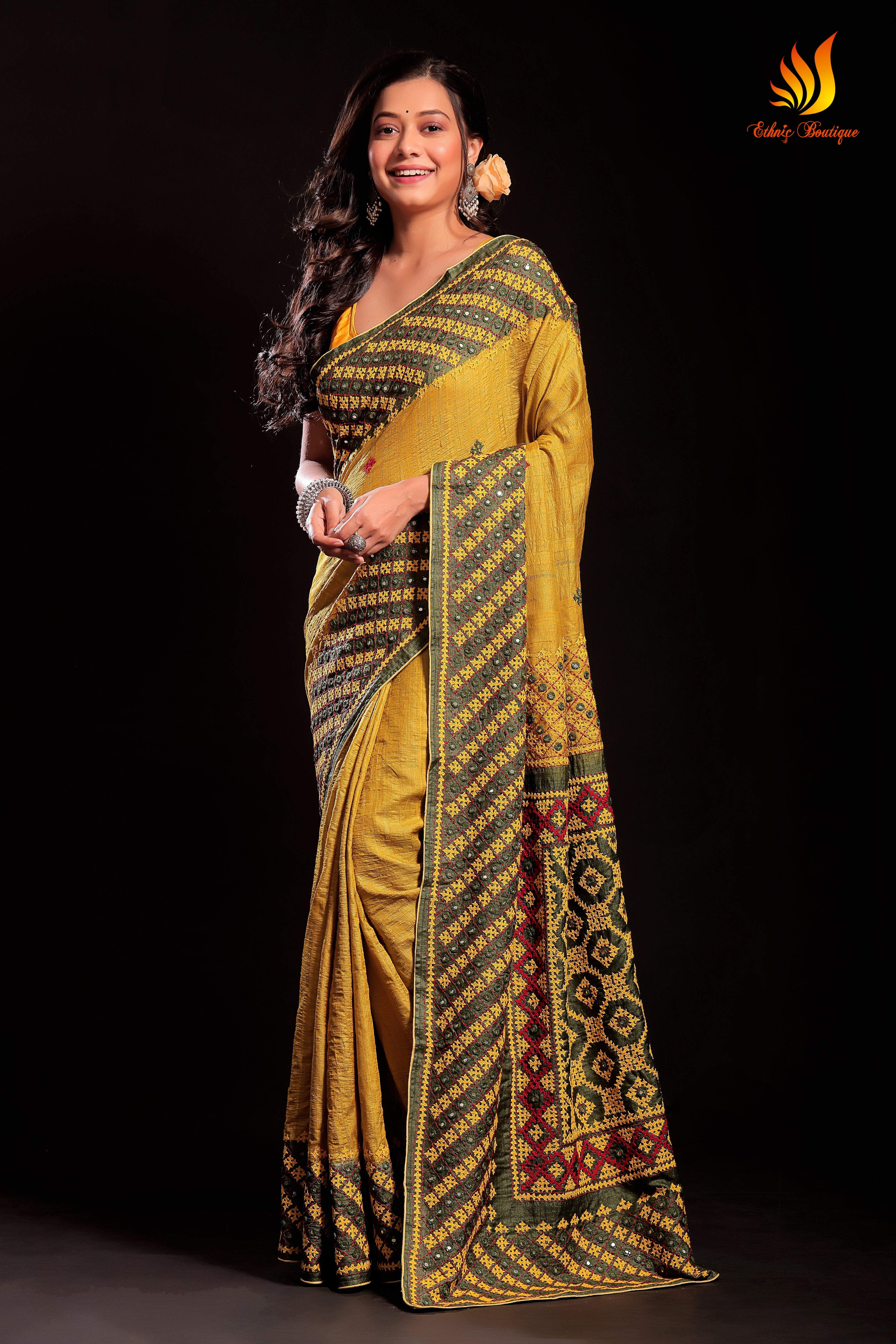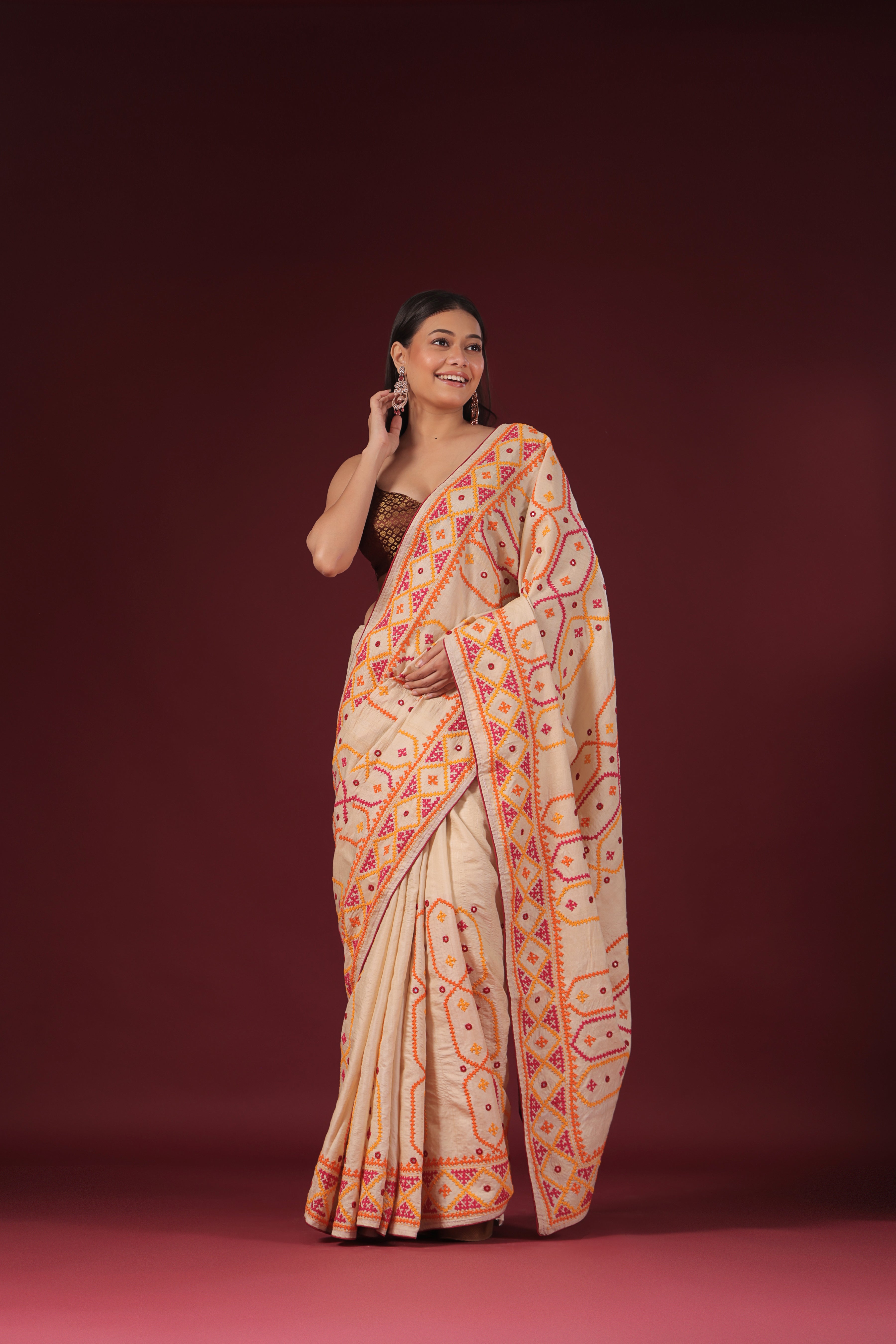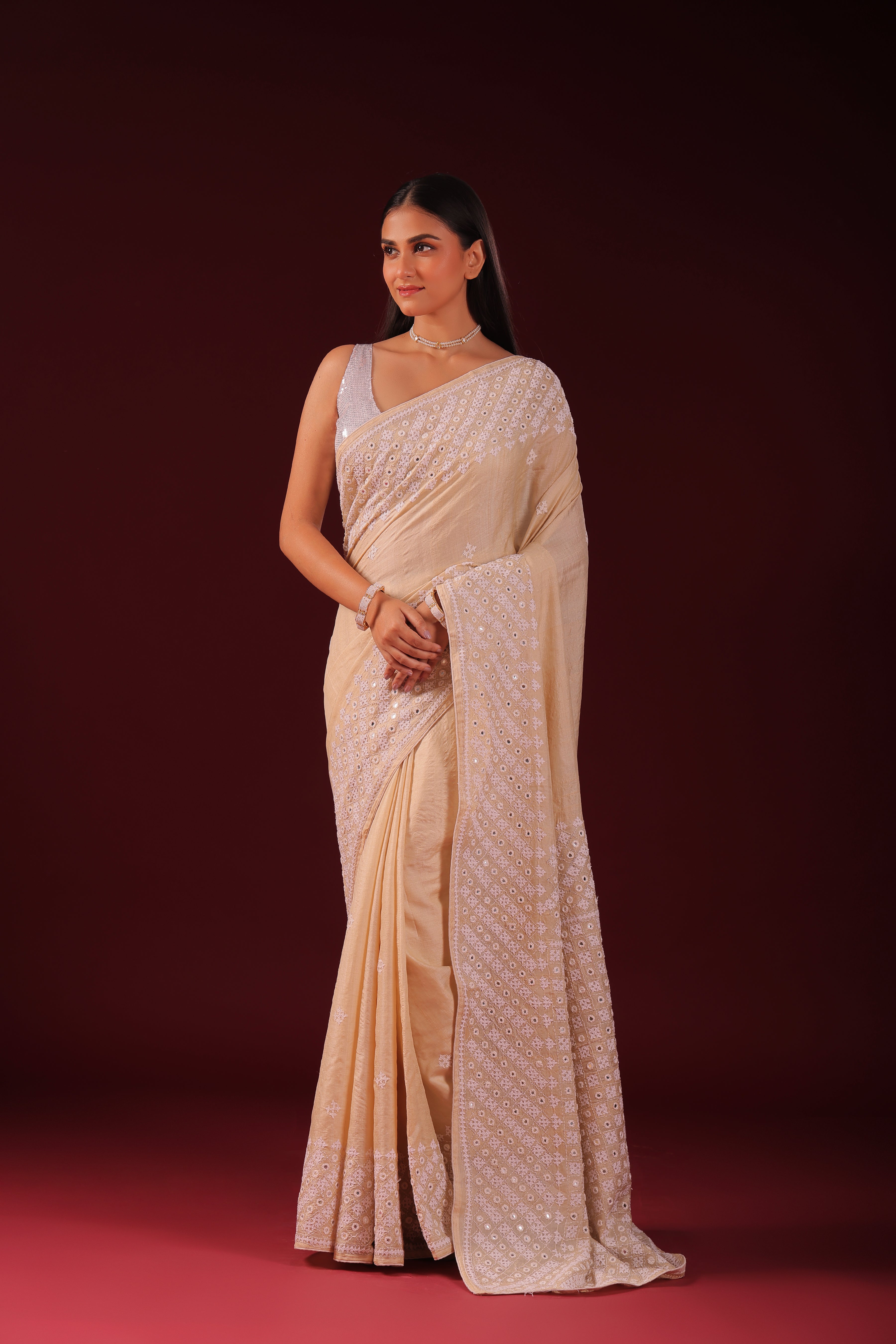Ahmedabad Exhibition — 5th & 6th Dec • Travellers Home, Mondeal Square
Thane Exhibition
— 9th & 10th Dec • Trupti Banquet, Near Thane Station
Vashi Exhibition — 12th & 13th Dec • Maratha Bhavan, Sector 15
Ahmedabad Exhibition — 5th & 6th Dec • Travellers Home, Mondeal Square
Thane Exhibition
— 9th & 10th Dec • Trupti Banquet, Near Thane Station
Vashi Exhibition — 12th & 13th Dec • Maratha Bhavan, Sector 15
Ahmedabad Exhibition — 5th & 6th Dec • Travellers Home, Mondeal Square
Thane Exhibition
— 9th & 10th Dec • Trupti Banquet, Near Thane Station
Vashi Exhibition — 12th & 13th Dec • Maratha Bhavan, Sector 15
Ahmedabad Exhibition — 5th & 6th Dec • Travellers Home, Mondeal Square
Thane Exhibition
— 9th & 10th Dec • Trupti Banquet, Near Thane Station
Vashi Exhibition — 12th & 13th Dec • Maratha Bhavan, Sector 15
Ahmedabad Exhibition — 5th & 6th Dec • Travellers Home, Mondeal Square
Thane Exhibition
— 9th & 10th Dec • Trupti Banquet, Near Thane Station
Vashi Exhibition — 12th & 13th Dec • Maratha Bhavan, Sector 15
Ahmedabad Exhibition — 5th & 6th Dec • Travellers Home, Mondeal Square
Thane Exhibition
— 9th & 10th Dec • Trupti Banquet, Near Thane Station
Vashi Exhibition — 12th & 13th Dec • Maratha Bhavan, Sector 15
Ahmedabad Exhibition — 5th & 6th Dec • Travellers Home, Mondeal Square
Thane Exhibition
— 9th & 10th Dec • Trupti Banquet, Near Thane Station
Vashi Exhibition — 12th & 13th Dec • Maratha Bhavan, Sector 15
Ahmedabad Exhibition — 5th & 6th Dec • Travellers Home, Mondeal Square
Thane Exhibition
— 9th & 10th Dec • Trupti Banquet, Near Thane Station
Vashi Exhibition — 12th & 13th Dec • Maratha Bhavan, Sector 15
Ahmedabad Exhibition — 5th & 6th Dec • Travellers Home, Mondeal Square
Thane Exhibition
— 9th & 10th Dec • Trupti Banquet, Near Thane Station
Vashi Exhibition — 12th & 13th Dec • Maratha Bhavan, Sector 15
Ahmedabad Exhibition — 5th & 6th Dec • Travellers Home, Mondeal Square
Thane Exhibition
— 9th & 10th Dec • Trupti Banquet, Near Thane Station
Vashi Exhibition — 12th & 13th Dec • Maratha Bhavan, Sector 15








